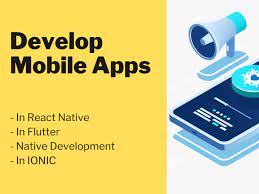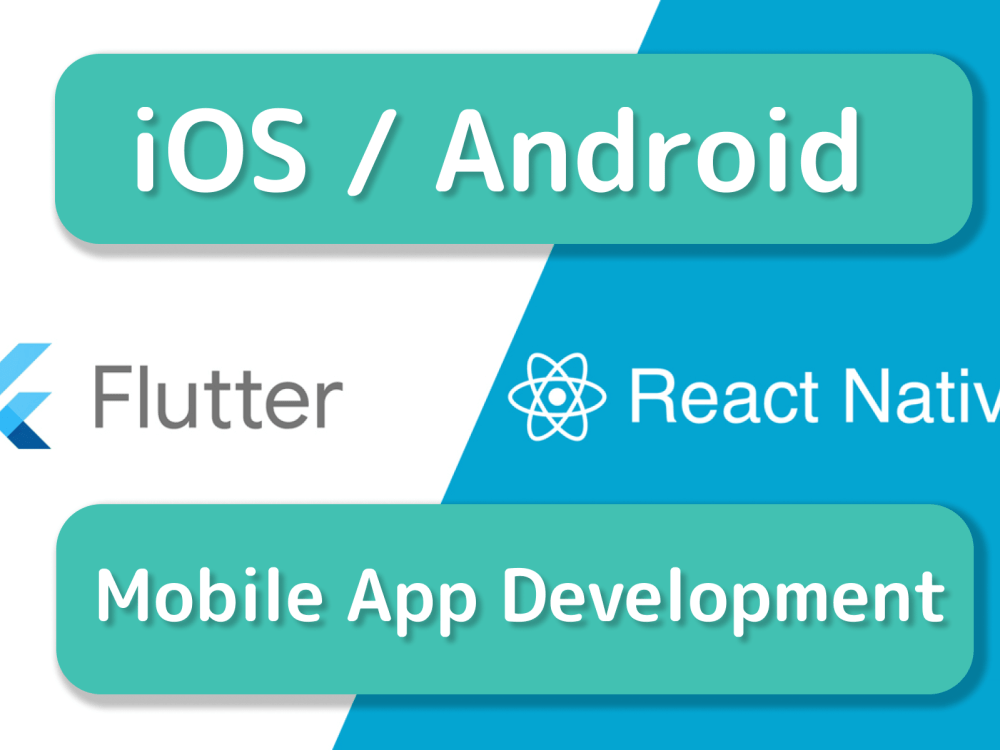Description
Creating a stunning telemedicine website and mobile app UI/UX design involves several key steps and considerations. Here’s a comprehensive guide on how to approach this:
1. Research and Planning:
- Define Goals: Understand the purpose of the telemedicine app and the goals it aims to achieve.
- Identify Target Audience: Know who will use the app – patients, doctors, caregivers, etc.
- Competitor Analysis: Study existing telemedicine apps to identify strengths, weaknesses, and opportunities for differentiation.
- Features and Functionality: List all the necessary features, such as appointment scheduling, video consultations, prescription management, etc.
2. Wireframing and Prototyping:
- Create Wireframes: Design the basic layout and structure of the website and mobile app using wireframing tools like Balsamiq, Sketch, or Adobe XD.
- Prototyping: Develop interactive prototypes to simulate user flow and navigation.
3. UI Design:
- Visual Branding: Define the color scheme, typography, and visual elements that reflect the brand identity.
- Create UI Elements: Design intuitive and user-friendly interface elements, including buttons, icons, menus, etc.
- Mobile Responsiveness: Ensure the design is optimized for various screen sizes and devices.
- Accessibility: Ensure the design complies with accessibility standards for users with disabilities.
4. UX Design:
- User Flow: Create a seamless user flow from registration to consultation and follow-up.
- Information Architecture: Organize content clearly and logically for easy navigation.
- Feedback and Iteration: Gather feedback from potential users and stakeholders to iterate and improve the design.
5. Development:
- Frontend Development: Implement the UI design using HTML, CSS, and JavaScript for the website and appropriate frameworks like React Native or Flutter for mobile apps.
- Backend Development: Develop the server-side logic, database management, and API integrations for features such as user authentication and appointment scheduling.
6. Testing and Quality Assurance:
- Functional Testing: Ensure all features work as intended across different devices and browsers.
- Usability Testing: Conduct usability tests with real users to identify any pain points or areas for improvement.
- Performance Testing: Check app performance, load times, and responsiveness under various conditions.
7. Deployment and Launch:
- App Store Submission: Follow the guidelines for submitting the app to the Google Play Store and Apple App Store.
- Website Deployment: Choose a reliable hosting provider and deploy the website using appropriate technologies, such as AWS, Azure, or Heroku.
- Marketing and Promotion: Develop a marketing strategy to promote the app through various channels such as social media, email campaigns, etc.
8. Maintenance and Updates:
- Regular Updates: Keep the app and website up-to-date with new features, bug fixes, and security patches.
- User Feedback: Continuously gather user feedback to identify areas for improvement and enhance user experience over time.
Freelancing Considerations:
- Portfolio: Showcase your portfolio’s previous UI/UX design projects to demonstrate your skills and expertise.
- Communication Skills: Maintain clear and effective communication with clients throughout the project lifecycle.
- Contracts and Agreements: To avoid misunderstandings, define project scope, timelines, and deliverables in a formal contract.
- Client Satisfaction: Prioritize client satisfaction by promptly delivering high-quality work and addressing any concerns or revisions.






Iyabo –
Kudos to him for his exceptional work on our telemedicine app website and mobile app. His design skills are unparalleled, and he has a keen understanding of user experience principles. He went above and beyond to ensure that every aspect of the app was polished and user-friendly.
Precious –
Working with him was an absolute delight! His talent in UI/UX design and development surpassed our expectations. He took our vision for a telemedicine app and turned it into a reality – a beautiful, user-friendly platform that has received rave reviews from our users.
Benjamin –
I can’t thank him enough for the incredible telemedicine app they designed and developed for our practice. His creativity, attention to detail, and technical expertise were evident throughout the entire process.
Sanusi –
Hats off to him for his exceptional work on our telemedicine app. His expertise in both UI/UX design and development resulted in a visually stunning and highly functional platform.
Bukola –
I am absolutely amazed by the telemedicine app developed by him. His talent in UI/UX design and development truly shines through in the stunning website and mobile app they created. From the intuitive user interface to the seamless user experience, every aspect of the app reflects his dedication to excellence.